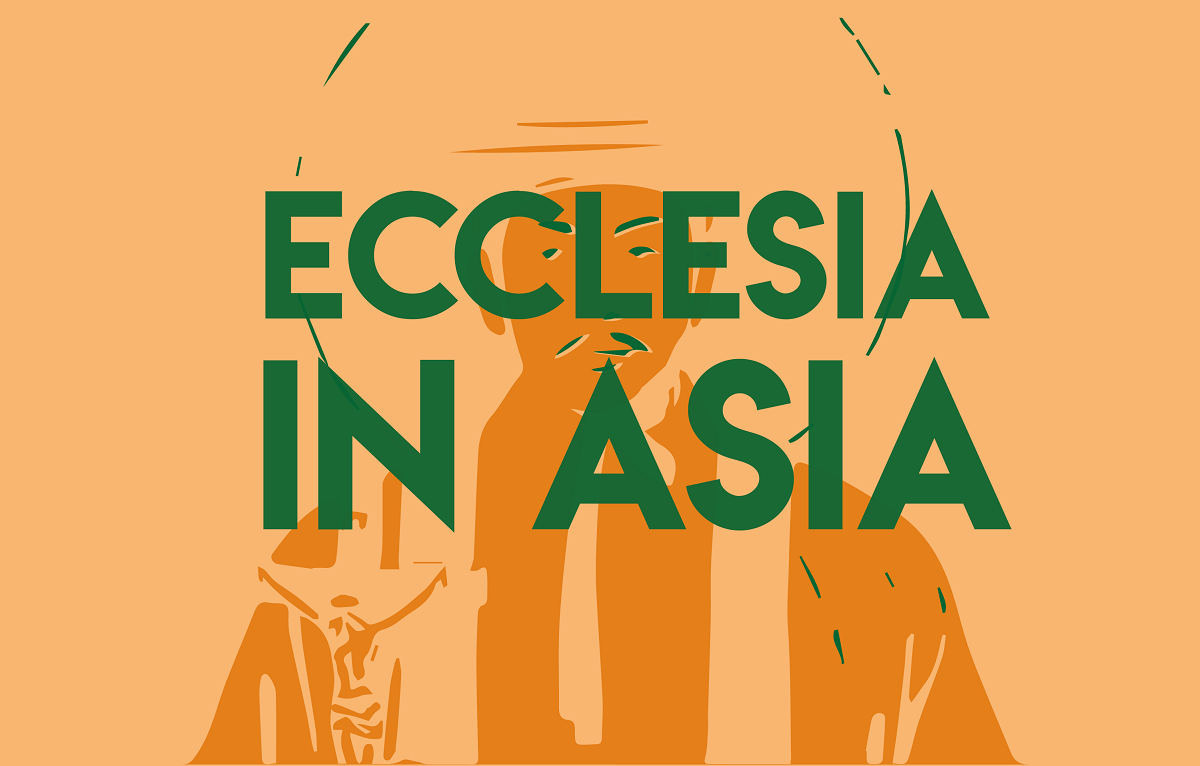Saudi Arabia, UAE competing in artificial intelligence
Riyadh and Abu Dhabi are investing billions in artificial intelligence and data centres in a two horse race followed with attention and some fear in Washington and Beijing who are trying to boost their partnerships. Gulf states have energy and money, but still lacks qualified talents and brilliant minds. In the first quarter, Saudi GDP boomed, driven by the non-oil sector.
Milan (AsiaNews) – The competition for regional supremacy between Saudi Arabia and the United Arab Emirates (UAE) – allies but also rivals in the Gulf, both committed to diversifying their fossil-fuel dominated economies, now also involves Artificial Intelligence (AI).
In an increasingly heated race, Saudi Arabia is overtaking the United Arab Emirates (UAE) in future data centre capacity (2,200 vs 500 megawatts), with a long-term aim of AI infrastructure dominance.
In this regard, experts who spoke to PYMNTS underline how the two Gulf nations have two requirements that data centres desperately need, energy and money, although it will take time for either to create a functioning system.
Billion-dollar investments
Saudi Arabia has set up Humain, a state-backed AI company under its Public Investment Fund (PIF), which is planning to launch a US$ 10 billion venture capital fund; Google Cloud and PIF are investing another US$ 10 billion to jointly build and operate an AI hub in the kingdom; and AWS and Humain have announced a joint investment of US$ 5 billion to build an AI Zone that is expected to increase demand for advanced AI services.
This comes on top of US$ 5.3 billion announced previously by AWS, which is looking with increasing interest in the country. Oracle too is ready to invest another US$ 14 billion in digital cloud and infrastructure over the next 10 years. Finally, Equinix is reportedly building a US$ 1 billion data centre to meet growing demand for cloud, AI, and enterprise workloads.
On the UAE side, investments and initiatives are also multiplying. Abi Dhabi recently launched MGX, an AI-focused company backed by state investment firm Mubadala and AI development holding company G42. It aims to invest US$ 100 billion in infrastructure, chips and core AI technologies.
MGX is also an investor in Stargate, OpenAI’s US$ 500 million data centre project developed in partnership with G42, Oracle, Nvidia and SoftBank, which involves the construction of a one-gigawatt cluster, with 200 megawatts expected to come online in 2026.
Finally, a US$ 3.54 billion project is in the works to automate all UAE government processes through the Abu Dhabi Government Digital Strategy for 2025-2027.
Four-Way Race (with China and the US)
Saudi Arabia and the UAE are spending – and attracting – huge fortunes to fuel their respective ambitions, forming strategic alliances with US tech giants and planning to build some of the world’s largest data centre clusters.
Saudi-Emirati rivalry is being played out within an even larger game that pits the US against China, both engaged in an all-out battle that goes well beyond artificial intelligence.
In this context, US President Donald Trump is pushing for the Gulf countries to remain dependent on US technology, instead of converging towards China, which has been looking at the area with increasing attention for some time now.
In a diplomatic (and business) gesture, Trump has lifted the restrictions on US chips which his predecessor, Joe Biden, had imposed on the region.
In Saudi Arabia’s Vision 2030, AI plays a key role in the country’s economic transformation, with 70 per cent of its strategic objectives involving data and AI, this according to officials of the Saudi Data and AI Authority.
Meanwhile, the UAE appointed a Minister of State for AI in 2017 and created an AI university, the Mohamed bin Zayed University of Artificial Intelligence (MBZUAI), which is opening a lab in Silicon Valley.
At first, the UAE seemed to have the upper hand thanks to its strategy and proactive partnerships, but Saudi Arabia has regained ground with significant investments and state-backed initiatives.
AI supremacy requires computation, and that means massive, power-hungry data centres, which both countries are racing to build.
As of early 2025, Riyadh had a data centre capacity of more than 300 megawatts, matching the UAE’s capacity of more than 250 megawatts, according to ResearchAndMarkets.com.
However, looking at future projects, the Saudis appear set to speed ahead of their Emirati rivals with a target of 2,200 megawatts against their rival’s 500. Today, according to the International Institute for Strategic Studies, AI readiness in the Mideast varies widely: Israel leads the way, followed by the UAE, Saudi Arabia, Qatar, Oman and Bahrain.
The Middle East has two things that data centres need: energy and money. With about US$ 5 trillion in sovereign wealth, experts say, Gulf states have the financial punch to become serious contenders in AI and data centres.
Yet, so far, neither of the two Gulf giants has produced models on the level of OpenAI’s GPT-4 or China’s DeepSeek.
Skilled talent and bright minds in the field remain scarce, and while sovereign wealth and low energy costs offer advantages, building an innovation ecosystem will take time.
What is certain is that the AI race is no longer limited to Silicon Valley or Shenzhen, but can also be shaped by Riyadh and Abu Dhabi.
Riyadh: record growth
In fact, Saudi Arabia is experiencing an economic boom, with numbers even better than those predicted by experts in the first quarter of 2025, as the latest data released in recent days by the government indicate.
Added to this is the minimal impact of low oil prices, which have had much less of a negative impact on development than initially expected.
In the reference period, the Gross Domestic Product (GDP) grew by 3.4 per cent compared to the same quarter the previous year, far higher than the forecast 2.7 per cent released in May by the Saudi General Authority for Statistics.
In particular, oil GDP fell by 0.5 per cent, while estimates had indicated a contraction of 1.4 per cent, with the increase in production partially offsetting the fall in prices. Non-oil growth reached 4.9 per cent, up from 4.2 per cent previous estimate.
Saudi Arabia is in the midst of a costly economic transformation — if not revolution — known as Vision 2030, which aims to wean the economy off oil by funnelling billions of dollars into massive new development projects.
Saudi Finance Minister Mohammed Al-Jadaan said the kingdom would “take stock” of its spending priorities in response to a significant decline in oil revenues, the Financial Times had reported in May.
Daniel Richards, senior economist at Emirates NBD, notes that spending is expected to remain high. "There is still sufficient project spending already in progress that growth will remain supported through this year and next at least," he wrote.
Furthermore, the country is busy hosting several major international events, each of which requires significant investments in construction and development. They include the Asian Winter Games in 2029, which will showcase artificial snow and an artificial lake, and the 2034 World Cup which will see the construction of 11 new stadiums and the refurbishing of existing ones.
GATEWAY TO THE EAST IS THE ASIANEWS NEWSLETTER DEDICATED TO THE MIDDLE EAST. WOULD YOU LIKE TO RECEIVE IT EVERY TUESDAY? TO SUBSCRIBE, CLICK HERE.
21/10/2021 17:59
28/11/2019 16:18
17/01/2022 16:14







.png)










